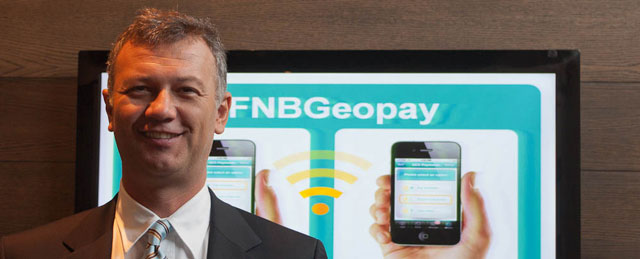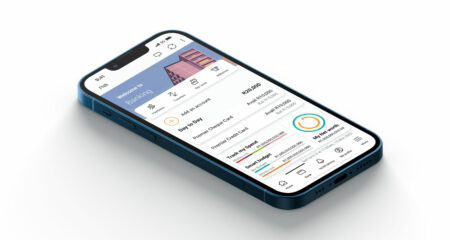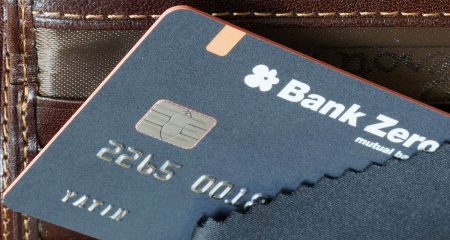First National Bank has outlined in detail its new geo-payment service Geopay after news of the feature in its smartphone app leaked on Monday. It allows consumers to make payment to anyone nearby them who has a compatible mobile device, even to customers of other banks.
Though the initial focus is on person-to-person payments, FNB CEO Michael Jordaan says the company is considering activating it for business accounts, too.
The fees for using the service are the same as those for other once-off payments via the bank. “It’s seen as an electronic payment, so if you’re on a monthly fee package you can make unlimited free Geopay payments,” Jordaan says.
Users who don’t have an FNB account can download the app and receive payments. These will be stored in an e-wallet for up to 30 days and can be withdrawn from any FNB ATM by means of a cardless transaction. Users can draw up to R5 000 a day from an ATM at a maximum of R3 000 per transaction.
Geopay uses cellular tower “triangulation”, Wi-Fi and/or GPS. The user making the payment is asked to enter their online banking password to confirm payment.
Farren Roper, head of products and markets at FNB Connect, the division that built the app, says one of the advantages of the service is that there is no need for either party in a Geopay transaction to exchange banking details and that the service authenticates by means of the application’s existing programming interface.

Roper says the minimum payment amount is set at R1 and the upper limit is a user’s daily transaction limit, which can be as much as R35 000. He says proximity-based payments are the “natural way to make face-to-face payments”.
The updated app works on iPhones as well as some Android and BlackBerry devices. Jordaan says the facility is intended as a “person-to-person payment solution”, where the amount transferred is “instantly available”.
The app has 160 000 active users. Jordaan says he expects that figure to climb to 250 000 users by the end of July and “conservatively” to 330 000 users by the end of the year.
The bulk of app users use iPhones and iPads, accounting for 49% of the active user base. Although FNB offers subsidised iPads to its clients, it does not yet offer iPhones, which Jordaan says is as a result of existing agreements with various resellers and something the bank wants to change in coming months. Android users account for 28% of the user base and BlackBerry users 21%. Only 2% use Nokia handsets.
Jordaan says the age range of users is wide and not limited to younger clients. “In future, some users may never come into contact with traditional forms of banking,” he adds.
He says that although FNB wants to move as many of its customers as possible to digital channels, branches still have a place in modern banking. “For certain transactions, branches are still important. We think branches are here to stay, but we do see paperwork and cash disappearing in time.” — (c) 2012 NewsCentral Media




